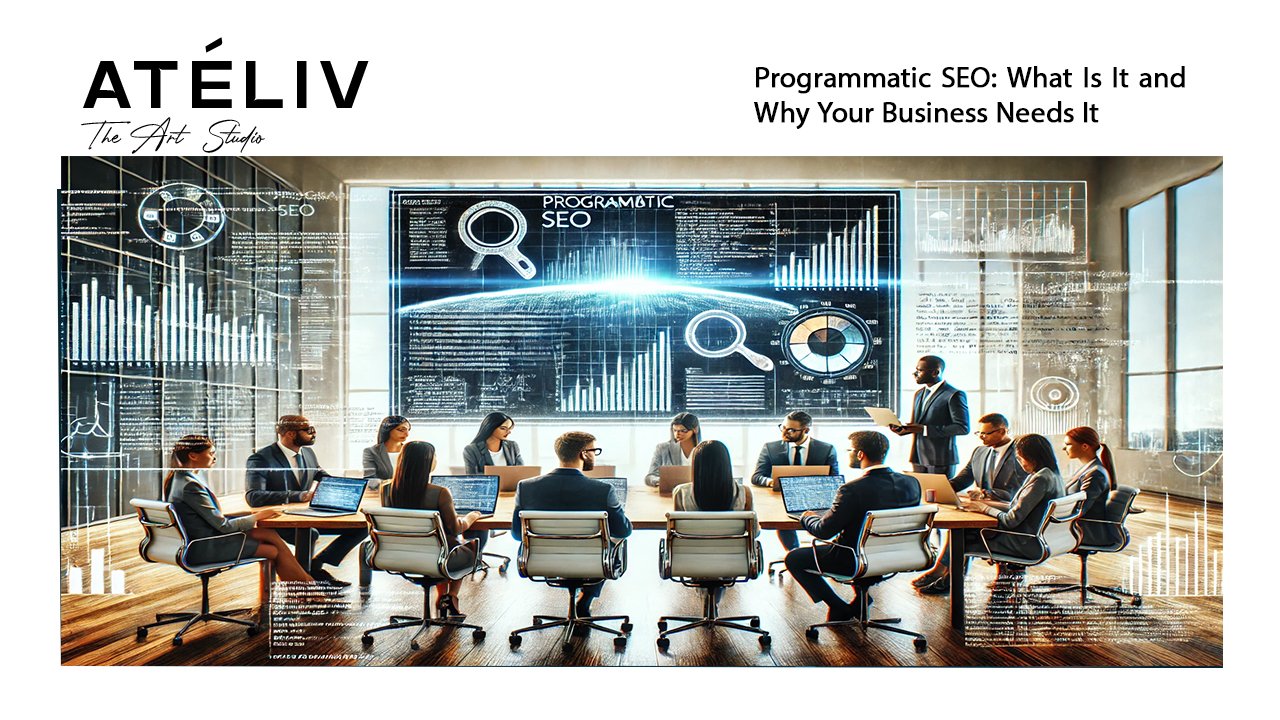Because search engine types are changing, and user preferences are now changing, one cannot win SERPs anymore using just traditional SEO tactics. A new strategy has emerged; it is called programmatic SEO. This strategy involves automation and machine learning as well as insightful analytics that fine-tune websites to better organic search performance. This method zeroes in on particular data points that will help focus on the pinpointing of SEO hurdles and push your site forward in search results.
This article will discuss:
- The basics of programmatic SEO
- The advantages of implementing programmatic SEO
- Successful examples of programmatic SEO to inspire you
- Steps to develop programmatic SEO pages
- Potential challenges with programmatic SEO
- The importance of technical SEO services for businesses
What Is Programmatic SEO?
Before we dive into the specifics of programmatic search engine optimization, it is helpful first to explain what we mean by “standard” SEO. SEO stands for Search Engine Optimization. It is a marketing technique used to increase a website’s ranking on the list of search engines such as Google, Bing, and Yahoo.
This would include the optimization of content on your website towards the relevant keywords to your products and services, and off-site activities like link building, among others, with engagement on social media.
Definition of Programmatic SEO
Programmatic SEO is a step towards data-driven approach. Programmatic SEO is different from traditional SEO because the traditional SEO depends on human efforts in terms of content creation, while the programmatic SEO relies on data and automation to create optimized pages that can rank well on Google within a very short time.
This tactic ensures that search users are able to find exactly what they search for because one establishes a set of systems that come up with several landing pages targeting specific keywords or their variations.
Benefits of Programmatic SEO
Programmatic SEO equips your business to remain agile and effective in a swiftly changing online environment. It enhances visibility in search engine results, increasing the likelihood that potential customers will find your brand.
Say goodbye to uncertain methods in SEO. With programmatic SEO, you gain precise oversight of your website’s structure and content, making it possible to customize offerings for varied markets or geographical areas.
Key Advantages of Programmatic SEO
- Efficiently scale and automate labor-intensive tasks like updating webpages in response to algorithm adjustments.
- Effectively track and analyze data to extract essential insights regarding your website’s performance.
- Adapt promptly to shifts in consumer behavior and market conditions.
- Create content that targets specific keywords or phrases to attract the right audience.
- Strengthen your site’s authority with strategic link-building efforts.
- Keep a close watch on how competitors are performing on search engines.
Programmatic SEO tools are not only cost-effective but also reduce the need for extensive manual intervention. This lets you conserve resources and focus on strategic initiatives rather than routine maintenance.
For businesses not yet equipped with programatic SEO tools, considering a partnership with a technical SEO agency can be beneficial. Such agencies can pinpoint where automation could save both time and effort, enhancing your SEO efforts without sacrificing quality or outcomes.
Programmatic SEO Examples To Take Inspiration From
Zapier
Zapier leverages programmatic SEO to great effect, enhancing its ability to scale and drive revenue through organic search. It creates unique SEO pages for each application it supports, directly addressing the needs of users searching for specific integrations. For instance, a search for “google sheets integrations” often positions Zapier at the forefront of Google search results.
These pages detail the integration possibilities with Google Sheets through Zapier. The site’s structure allows users to navigate effortlessly, finding specific integration pages like those combining Google Sheets with Notion, or even with other popular tools such as Trello, Slack, and HubSpot. This strategy is implemented across all applications supported by Zapier, resulting in a vast network of targeted programmatic SEO pages.
Tripadvisor
Tripadvisor effectively utilizes programmatic SEO to dominate search rankings. A typical search for “best things to do in Paris” places Tripadvisor above even the official tourism pages of Paris.
The secret behind their success is the creation of dedicated pages for each destination that visitors might search. These pages not only list various attractions and activities but also feature reviews from previous visitors, enriching the user’s planning experience.
By generating numerous city-specific pages from a single template, Tripadvisor ensures that it appears prominently in search results for queries about activities in virtually any city, maintaining its position as a preferred resource for travel advice.
How To Create Programmatic SEO Pages
This guide provides a structured approach to enhancing organic search traffic and improving SERP rankings for your eCommerce platform through programmatic SEO.
Step 1: Keyword Research
The foundation of any programmatic SEO initiative begins with thorough keyword research. This step is crucial to pinpoint the most relevant and potent search terms for your business.
You can identify these keywords through various methods, including analyzing competitors, studying market trends, assessing customer feedback, and utilizing keyword research tools.
Types of Keywords to Consider:
- Head Terms/Broad Terms: These are typically short-tail keywords with substantial search volumes but may have high competition and lower conversion rates.
For instance, a broad term for a travel site might be “flights” or “travel deals.” - Modifiers: These keywords are connected to your broad terms to refine search queries, often leading to higher search volume and specificity.
- Primary Modifiers: Form new categories of search terms, like “boutique hotels” for the term “hotels.”
- Secondary Modifiers: Qualify the broad term, such as “affordable hotels” or “hotels near the airport.”
- Long-Tail Keywords: These keywords are longer and more specific with lower search volumes but usually indicate a user is closer to a purchase decision, like “luxury beach resorts in Bali.”
Step 2: Page Template Design
The template design is vital and should align with the user’s search intentions. It must include all targeted keywords and provide substantial, relevant information to the user to ensure the page is indexed by search engines.
Designing a page template might involve outlining headers, main text, calls to action, and other critical elements based on a successful content wireframe.
Step 3: Data Collection
Whether your site features static or frequently updated content, avoid shallow pages by ensuring comprehensive research and unique content generation.
Data collection can be executed through various techniques, such as:
- Scraping information from websites
- Collecting specialized data manually
- Entering data directly
- Compiling user-generated content (UGC)
Step 4: Building a Database with Content and Labels
Post data collection, organize this information into a database and categorize it with appropriate labels. This structure helps in efficiently aligning content with the corresponding page templates.
Tools like Airtable can facilitate the sorting and accessing of necessary content, including metadata such as titles and headings.
Step 5: CMS Collection and Page Template Creation
Page creation can be manual or managed through a headless CMS like Contentful, which allows for centralized content management and smoother updates across various platforms.
Step 6: Database Integration With the Website
Integrate your content database with your website through APIs, webhooks, or tools like Zapier. This integration supports dynamic page creation without the need for manual updates.
Step 7: Crawl and Optimize for SEO
After going live, the focus shifts to indexing and ranking for chosen keywords. Apply technical SEO best practices such as improving page loading times, optimizing meta tags, and adding structured data.
Tools like Google Search Console can help monitor page performance and user engagement metrics.
Step 8: Site Testing and Adjustment
Regularly review and refine your content. This can be done manually or through AI tools that check for issues like broken links or outdated pages.
Ongoing optimization ensures your content remains fresh and relevant, sustaining its efficacy in attracting organic search traffic.
Disadvantages of Programmatic SEO
Programmatic SEO has a lot of advantages, but it is not without disadvantages. Here are some potential disadvantages:
Potential Duplicate Content
Creating copy that is used on all different pages might lead to some duplicate content, not favoring the SEO practices and could therefore be prevented by just ensuring that every page creates something unique. Adding contents like customer reviews or maybe a comment section that gives readers the option to voice opinions can bring the kind of uniqueness on each different page.
Google Indexing Problems
If your approach in trying to get a very high page volume is a very aggressive one, only some of these will Google index, considering its rules about the distribution of available resources. Bettering architecture in the internal links will make for good thinking ahead on which external links can help solicit those as well. Of course, you can hand-submit sitemaps and targeted URLs in Google for this same purpose via its Search Console.
Google Penalties for Thin or Automatically Generated Content
It punishes sites with too much auto-generated content or those lacking user value and more emphasis on keywords. For penalties to be avoided, try to create pages that look good and informative; put in charts, graphs, and real user contributions. Working with a programmatic SEO expert will be a great way to ensure a custom strategy that actually promotes the site without lowering its quality.
Launching a Profitable Programmatic SEO Campaign
Programmatic SEO is a huge approach for businesses that look to optimize content production and grow organic search traffic, which in turn increases engagement and generates more leads.
A successful programmatic SEO strategy will be achieved through the creation of content based on the needs of the target audience, which can efficiently solve their problems. Also, doing regular technical audits on your website and keeping your pages optimized is very essential for improving the general experience of the user.
For the best results, you may engage a specialized programmatic SEO agency. Our company is highly recognized for technical SEO proficiency and can offer services that encompass localized SEO solutions. We will give you a deep technical SEO audit and design strategies specifically for the growth of your search traffic.
Call out to us for a complimentary technical SEO audit. Let our team help you enhance your SEO metrics and discover continued growth in your search traffic.







